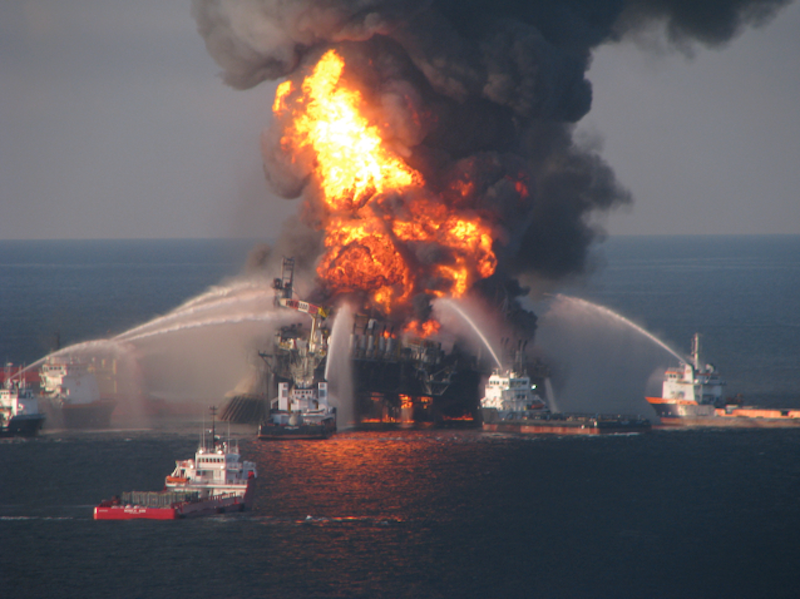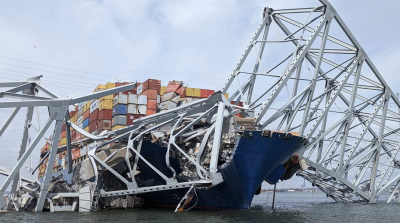April 20 will mark 10 years since BP’s Macondo tragedy set off a tumultuous decade that refashioned the way operators work in the deepwater Gulf of Mexico. Now, even with more relaxed federal regulations, drilling an offshore well has become less hazardous than its land-based counterpart, says the region’s top cop.
“Since the Macondo event, there’s been a lot of continuous improvements. The data shows that when you compare onshore to off, the offshore is clearly the safer industry,” Scott Angelle, director of the Bureau of Safety and Environmental Enforcement (BSSE), told the Houston Chronicle on Feb. 3 during a round of meetings with local offshore companies.
In May 2019, BSSE formally released new well control rules, whittling down the post-Macondo regulations put in place during the Obama administration, which operators felt was unnecessarily burdensome and threatened the economic competitiveness of the deepwater Gulf of the Mexico. Under the Trump administration, Angelle said BSSE took a “scalpel rather than a chainsaw” to the regulatory framework to remove over-arching components that did not offer tangible contributions to safe operations.
Boosted by Chevron’s December sanctioning of the ultra-high pressure Anchor field, safety is expected to come under an even more penetrating microscope going forward as more deepwater wells are likely to hold pressures of up to 20,000 psi. “High pressure could be to offshore what shale has been to onshore,” Angelle said.
Meanwhile, though Gulf of Mexico oil production reached a milestone of more than 2 million bpd in August, drilling activity has been on an uneven track since the six-month deepwater moratorium in response to Macondo was lifted in October 2010. Amid a then industrywide upturn and despite the new Obama administration regulations, BSSE approved 112 new well permits in 2012 for water depths of 1,000’ to 12,000’, according to data from the agency’s eWell Online Query. Since then, deep and ultradeepwater well authorizations have fallen sharply, with an average of 62 new wells given the green light, equaling the number approved last year.
For now, finicky oil and gas prices have put the brakes on a wholesale recovery, but one of the Gulf’s premier drilling contractors believes it’s only a matter of time before floaters begin to find sufficient work. “We believe that a recovery is coming. It’s not coming in 2020. It will be 2021 or 2022,” Diamond Offshore Drilling President and CEO Marc Edwards said in an Oct. 28 earnings call.





